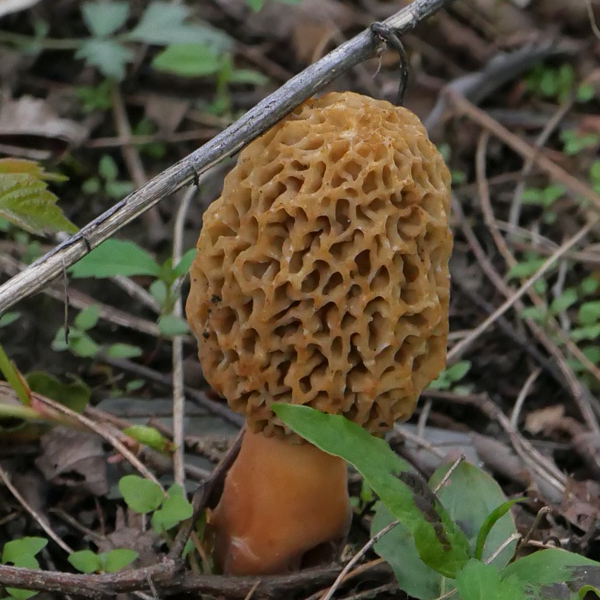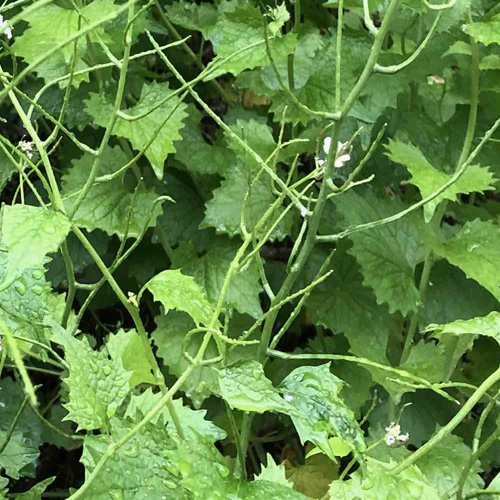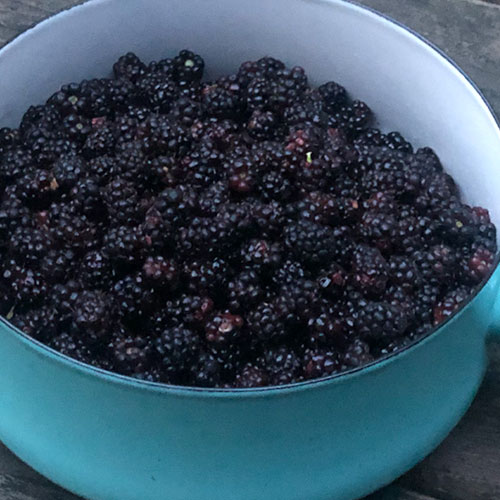Indiana’s spring harvest season unravels like a cable-knit sweater. Pluck one ingredient and another appears behind it. Each bud, flower, and leaf triggers the next. My dad taught me to keep an eye out for violets, because once violets start to bloom, morels are right around the corner. Now, I remind my friends to pay attention to the violets, too.
For as long as I can remember, I’ve spent springtime nibbling on violets. You’ve probably seen them. Maybe you have them in your yard, though it’s best to gather them in the woods, taking care to identify them properly. They are among the most accessible seasonal edibles, growing abundantly in shades of purple, white, and occasionally yellow, all smelling and tasting floral and sweet. It takes time to fill a bag or basket with dozens of delicate blooms, but violets make an incredibly vibrant garnish, and they bring spring flavor to a range of dishes and infusions.
A salad of fresh violet flowers and leaves is a delicious treat. They taste the way spring smells, fresh and green. I cold-steep violets in simple syrup, leaving them to impart color and flavor for several days, then spoon the syrup into sparkling water or tea. I infuse the flowers into heavy cream the same way, and I sweeten the mauve-tinted liquid with sugar and salt before drizzling it over fresh berries. (You can keep the syrup in the refrigerator for at least a month, and the cream for a few days.) If you’re more adventurous, you can try a naturally fermented soda, or even a violet wine.




